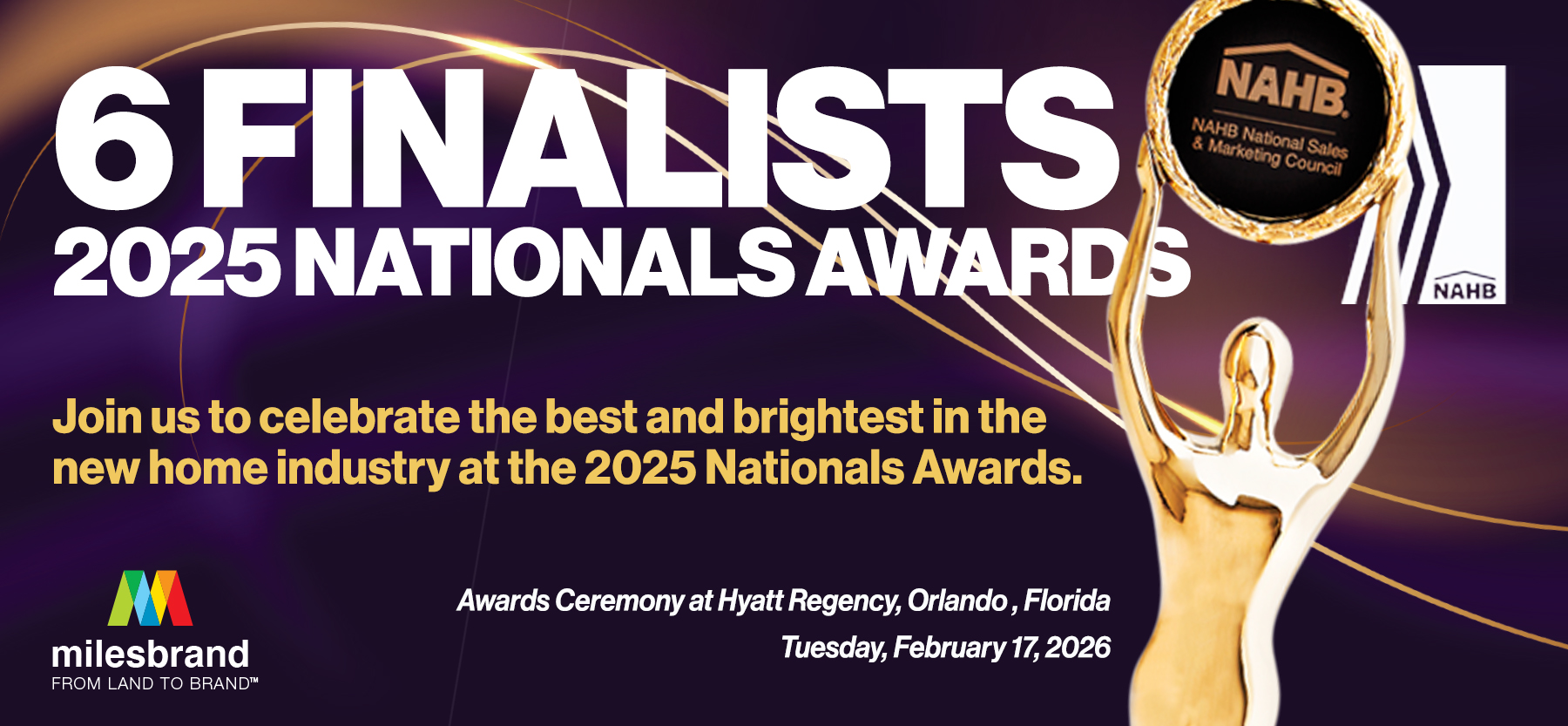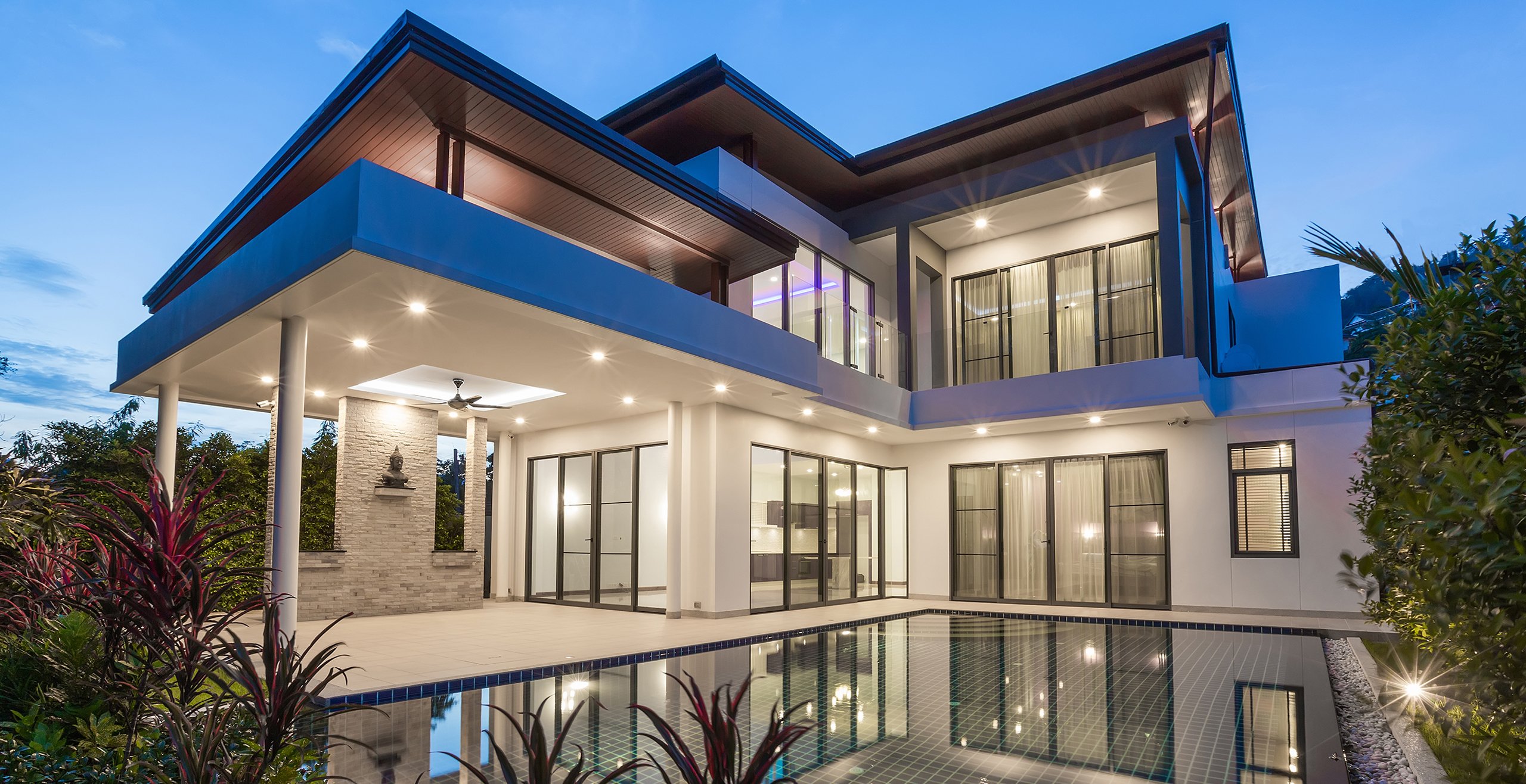April 23, 2021
More Than a Design: The Ins and Outs of Placemaking Architecture
The unique piece of land for your next master-planned community project isn’t a blank slate. The ground itself has different soil, environmental, and incidental characteristics that dictate — or at least limit — what you can build in a community and how the layout comes together.
But more than that, the community you're building in determines what should and shouldn't be incorporated into the design. While certain architectural styles and trends are broadly applicable, stylish architecture isn't enough to guarantee your home designs and communities will be in-demand — and thereby profitable — in the future. Without a thorough understanding of the market segment, your community is intended to engage with, you can't build the places and resources that best fit their needs. Architectural Record starts its A Placemaking Approach to Design with this emphatic statement:
“The days of designing for a discrete project are numbered.”
Architects and directors of land can't design a building, a space, or even a neighborhood in isolation and expect the strength of the architectural principles to make it a good fit in any community. Instead, designers need to consider the unique function of the space and how residents and users relate to it. Before you begin designing spaces in your master-planned community, explore where architecture and placemaking intersect so your team can design places that have more than a visually appealing design.
The Intersection of Architecture and Placemaking
What Does an Architectural Focus Look Like?
Great architecture is at the core of any building project. You need to assemble a team of architects who can, at a bare minimum, create homes, commercial buildings, and public use structures that:
- Are safe
- Optimally use the square footage within given lots and construction zones
- Meet the demands of residential and commercial spaces in the region
- Are visually appealing
- Are more valuable than the money and time used to design and construct them
An architectural focus will create a neighborhood or area that looks pleasant or even iconic. Great architecture even keeps the space relevant and appealing for years into the future. However, that doesn't necessarily address the community's needs and can ultimately make your new home and community design a failure.
What Does a Placemaking Focus Look Like?
A placemaking focus goes deeper than the look of the space and the form of each discrete building or structure. Your team should consider:
- How the residents move within the space to go to school and work, carry out tasks, and spend their free time
- What layouts best allow for easy, convenient, safe, and enjoyable movement throughout the community
- The human element of architectural characteristics that encourage people to remain within a place
- What layouts and additions substantively improve the living conditions of residents
An architectural focus may lead to a public park with beautiful buildings, dramatic landscaping, and a complete style that looks great in a photograph. A placemaking focus includes elements like shaded sitting areas, multiple direct and indirect footpaths across open areas, and benches in areas where people will actually gather, just to name a few.
Ask Yourself: Does the Architecture Have Purpose?
One litmus test that your team of designers and architects can use is to constantly ask if a given feature or element has a purpose. That doesn't mean everything has to be coldly functional.
Purposes can include making a place more comfortable, accenting local culture or history, and delighting residents. But without a reason, a feature may be a costly architectural addition that doesn't add to your placemaking ideal and just lowers the ROI of the project.
More Than a Design
The Difference Between Pretty and Purposeful
That same question — Does the architecture have a purpose? — can also help you and your team avoid making architectural decisions for the sake of architecture. When you have a design-only focus, it's easy for your metric of success to accidentally shift to creating something that's an architectural wonder or phenomenon.
This focus can get your community lauded in an architectural magazine, which is a seemingly positive move for branding and marketing (both for the community and your personal brand). But this is a short-term success that focuses on how the architecture looks rather than how it serves the community. It might bring in residents, but it won't make them stay.
3 Goals to Build for
As placemaking and community living becomes a bigger and bigger focus in families and business owners looking for a long-term location to live and work in, community planners should focus on constructions that address their needs. Build your designs for commercial and public spaces so that they meet at least one of these tenets of good placemaking:
1. More Community Engagement
Structures and buildings need to be able to accommodate large and small groups to foster community engagement. This can include buildings structured for clearly defined purposes, such as libraries and performance halls. This can also include places for less formal gatherings, such as parks with enough tables and seating, community centers that are centrally located and have rooms of different sizes, and more. Community engagement can also be fostered by layouts built to accommodate easy bus and public transit routes.
2. Incorporating History and Culture
You can't apply a standard design from one community to another and expect it to be equally (and positively) engaging. At a basic level, the installations to make a park in one region comfortable season after season will be different from the resources a park in another region needs. More than that, applying one basic template to a wide range of communities can be off-putting and erase the area's history, especially if your community project incorporates rebuilding instead of new construction on empty land.
3. Rebuilding and Repurposing
If you're building in a pre-established community, it's important to make improvements and encourage engagement without removing what's already working. Work with local experts and community members to identify what has historical or cultural relevance, what community members love about the existing places and the unique needs in the community that the given architecture is or isn't addressing. Collaboration is key at this step to create a positive emotional pull and reduce the risk of creating negative emotional disengagement.
Build the Right Placemaking Architecture for Your Specific Market
How you adhere to placemaking principles can make or break the profitability and community appeal of your next project. While you need to create a community that's within your building budget, only by creating places that fulfill community needs and make residents love the area can you reach long-term profitability goals and see a strong return in investment.
Before you break ground, Milesbrand can help you research the market and community around your next project. Learn more about our market research, advertising, and brand services today.













